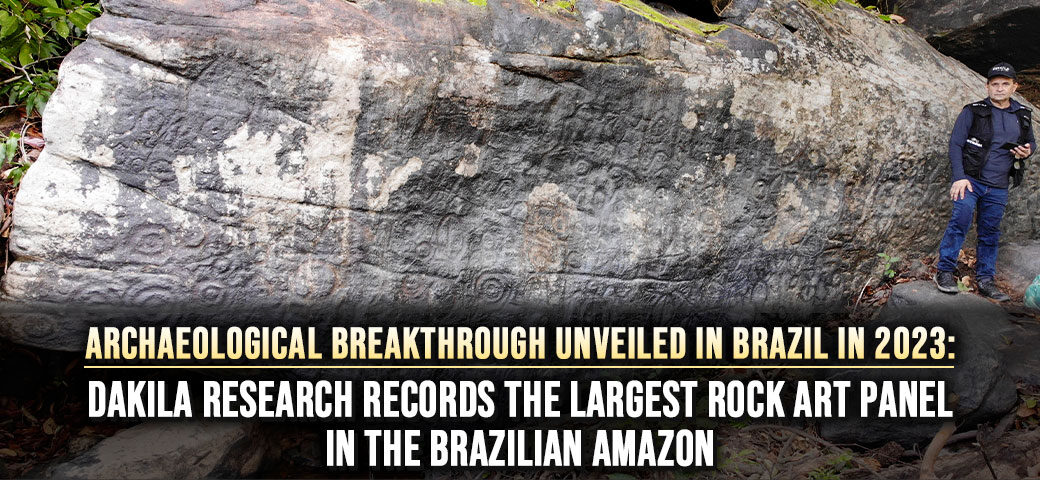Archaeological Breakthrough Unveiled in Brazil in 2023: Dakila Research Records the Largest Rock Art Panel in the Brazilian Amazon
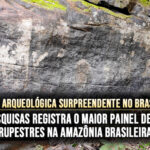
Descoberta Arqueológica Surpreendente no Brasil em 2023: Dakila Pesquisas Registra o Maior Painel de Gravuras Rupestres na Amazônia Brasileira
29 de dezembro de 2023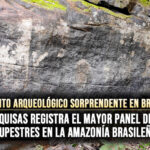
Descubrimiento Arqueológico Sorprendente en Brasil en 2023: Dakila Pesquisas Registra el Mayor Panel de Grabados Rupestres en la Amazonía Brasileña
29 de dezembro de 2023For over 30 years, Urandir Fernandes de Oliveira, CEO of the Dakila Ecosystem, has explored inhospitable locations in the Amazon Rainforest, uncovering the historical and archaeological richness that constitutes a heritage for both Brazilians and the world.
Recent technological advances have facilitated the remote pre-verification of certain sites, enabling more efficient logistical decision-making and documenting significant points of interest for science and humanity.
The year 2023 held particular significance, with atypical drops in river levels revealing information previously submerged by the waters. It is crucial to emphasize that these discoveries do not happen by chance. The identification of sites with engravings is based on evidence and indications found in the researchers’ recent fieldwork in the state of Paraná, following the paths of Peabiru, whose original pavement is well-preserved in Brazil. The Peabiru route, also known as the Inca, Indian, or Jesuit path, led to the Ratanabá research, with the team reconstructing the original map of these routes.
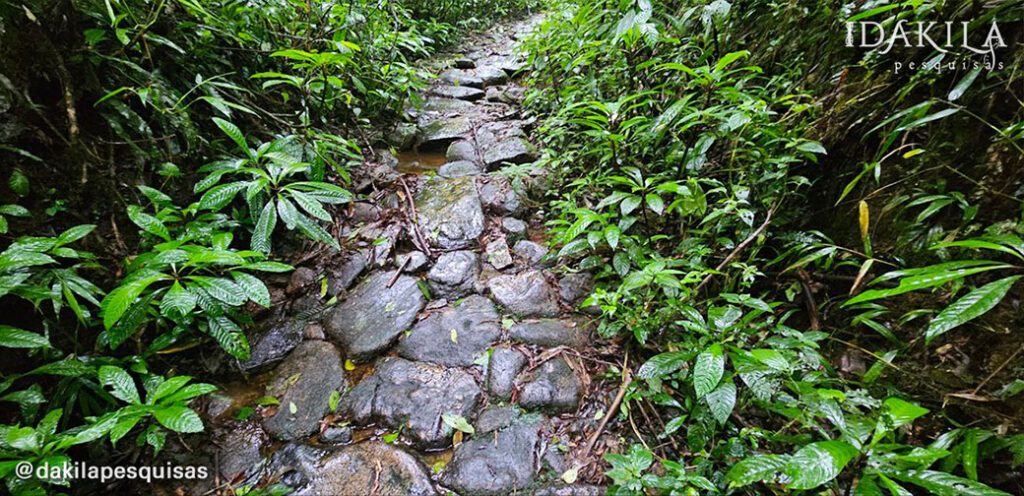
The latest 2023 expedition by Dakila’s research team took place in the state of Amazonas, along the banks of the Aripuanã River. Three rock art sites were identified, with the last, most challenging access point being the most surprising.
On the morning of December 19, researchers arrived early at the panel site, previously visited by the Dakila team from Apuí responsible for the river journey the week before.
“We have found the largest rock art panel in the Brazilian Amazon so far, featuring various symbolisms. I believe these engravings tell stories because there are lines resembling pages separating the inscriptions. Why is this panel special? Because it contains distinctive engravings, including micro-engravings. I consider it of equal or even greater importance than the Ingá Stone or the engravings found in the Black Stone in Paranaíta,” says Oliveira.
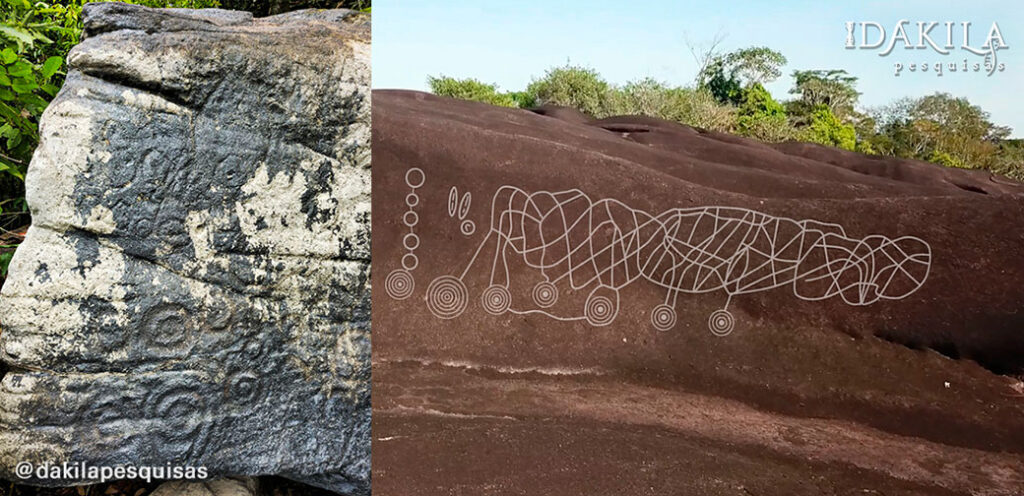
Nine panels were identified in a total length of 35 meters, with the largest being 9 meters long by 4 meters high. Over 500 engravings and micro-engravings were recorded on the granitoid rock, encompassing geometric shapes, anthropomorphic and zoomorphic drawings, and representations of symbols, some already seen in other archaeological sites and others unprecedented.
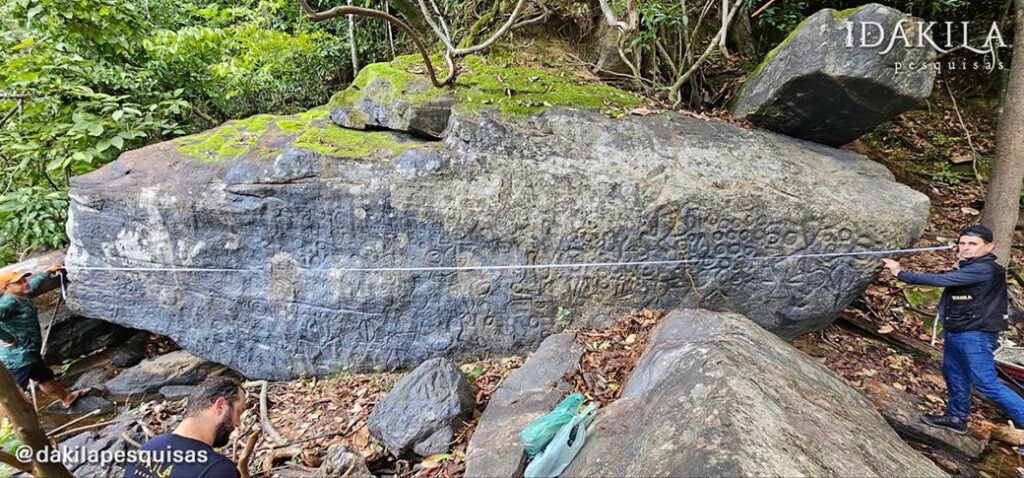
Regarding the team’s initial impressions and the meanings of the panel, Dakila’s research director, Fernanda Lima, emphasizes the care and insight of those who left the engravings, noting that “everything done in stone was made to last. Those who did it expected that someday future generations would come here and have access to this information.” She emphasizes that beyond the stories of the past, the panel may contain warnings for the future and formulas for creating technologies.
According to Oliveira’s initial analyses, “some symbols are known from IRDIM, which was the world’s first alphabet. Some represent today and tomorrow, or the past and future, but nothing very conclusive. We have to study for a few more days and make various comparisons to understand a bit more about what they really wanted to show us.”
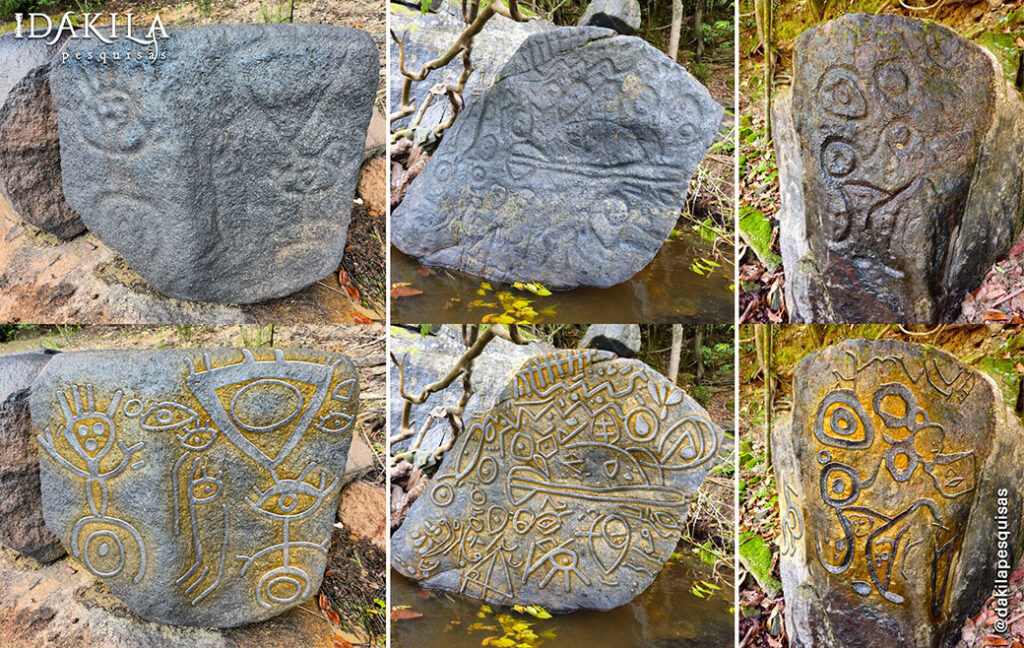
All records were made by researchers and archaeologist Saulo Ivan Nery, who highlights the importance and scientific contribution of this find to Brazilian archaeology. He points out that the panel identified in the Maracanã River bed is unprecedented for the region, presenting recurring symbols in other archaeological sites and establishing important patterns for research. “It is an important find for Dakila’s research, but also for researchers and archaeologists worldwide.”
In some panel locations, micro-engravings of precision beyond conventional standards were identified, raising questions about the technique or technology used to create the panel. All sites and information were registered with IPHAN.
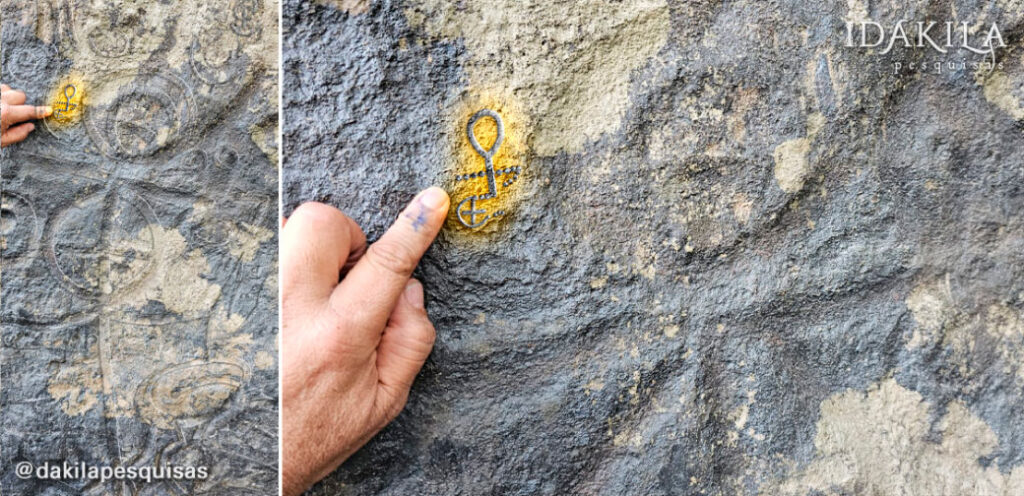
With the discovery of these panels and the identification of some symbols, Dakila’s team has already outlined the next destinations. 2024 promises to be another promising year, full of unprecedented findings and revelations from Dakila’s teams, which operate not only in Brazil but in various parts of the world.
Follow the official channels of Dakila Research and Ratanabá to follow all stages of the research in real time: @dakilapesquisas | @ratanaba.oficial

